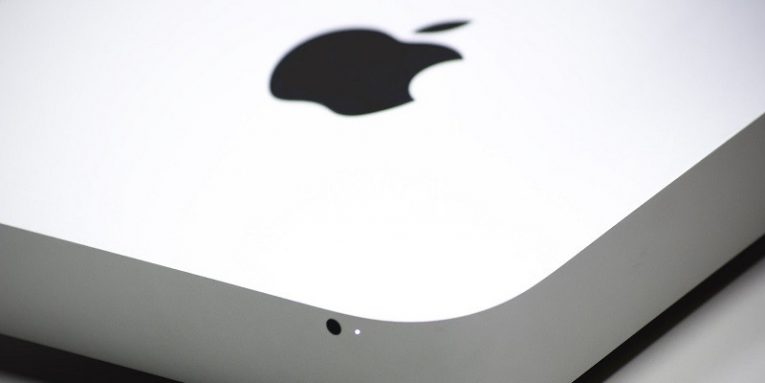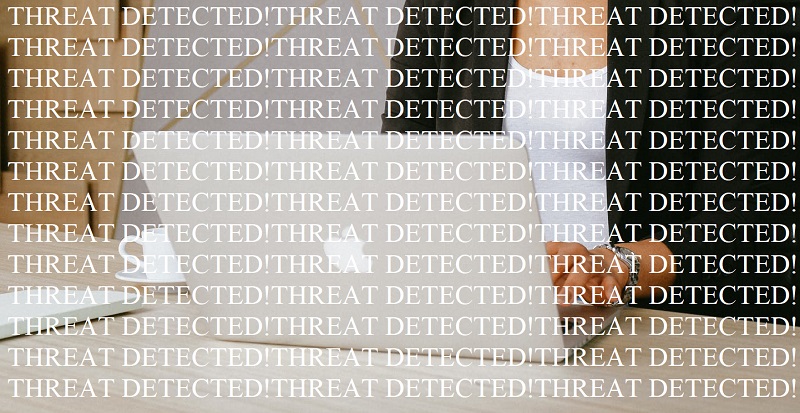Top 4 Mac Malware and 6 Tips That Will Help You Secure Your System

There are no programs or devices that are completely safe from hackers or malware. Even Mac computers that are thought to be extremely secure can be infiltrated if users do not take necessary steps to secure their devices. Truth be told, even if you do everything that cybersecurity specialists recommend, you still cannot expect to gain absolute protection. However, by doing all that is within your power you can make it nearly impossible for someone to gain access to your computer. In this article we discuss top 4 Mac malware threats that every user of Mac system ought to know about. Plus, we have prepared 6 tips to help Mac users secure their computers against malware; you can find them further in this article.
Unfortunately, Mac malware threats are rapidly increasing and users are advised to take extra precautions. Of course, if you want to secure your computer against malware, you must know what you are up against. Some of the threats targeted at Mac computers that we list below are rather old. The reason we are listing old malicious applications is not just that they are still active. According to researchers, hackers can use older infections to carry new malware.
What are the top 4 Mac malware threats?
CallMe
This Trojan has been discovered back in 2013 and it is still being used up to this day to gain backdoor entry into infected devices. The threat is spread through malicious Microsoft Word or other Microsoft Office documents. However, it can only enter a system if a targeted victim is using unpatched MacOS or Microsoft Office software. Therefore, if the mentioned software on your Mac device is up to date, CallMe should be unable to get in by exploiting your computer’s vulnerabilities.
KeRanger
It is said that this ransomware Trojan affected around 7000 Mac computer users back in 2016 when it was discovered. The threat can encrypt around 300 different file types with a strong encryption algorithm known as RSA. After encryption, victims receive a ransom note saying that they must pay ransom if they wish to get their files decrypted. The malware was distributed with a compromised BitTorrent installer called Transmission that was patched shortly after the discovery of KeRanger. Apple reacted to the new threat quickly too by updating its antimalware system so it could detect KeRanger.
LaoShu
LaoShu is a sneaky RAT (Remote Access Trojan) infection. It tricks users into launching it and stays on the infected devices without raising suspicion. To be more precise, this Mac malware masquerades as a PDF document and, as a result, victims do not see it as harmful. Usually, such threats come with suspicious emails or other types of messages so avoiding them requires knowledge about such attacks and staying alert. If a user accidentally launches it, this RAT infection can leak various sensitive information that could be available on the targeted device.
NetWiredRC
This Mac malware threat is also a RAT infection. However, it is much more sophisticated, which means that it is likely to be targeted at users who could have access to highly sensitive information. Another thing that makes this malicious application highly dangerous is that it works both on MacOS and Windows computers.
How can you secure a computer against malware?
Keep everything up to date
You may think that getting updates is all about getting new functionality. However, that is not necessarily the case. Software updates can not only bring new functions or change how programs look but also eliminate discovered weaknesses or malicious codes, which can prevent various threats from entering your system. In fact, Mac system updates improve X-Protect, your system’s antimalware tool, so system updates strengthen your device’s protection against malware too. Thus, if you are asked to update your operating system or any other app installed on your computer, you should do so without any hesitation if you want to secure your computer against malware.
Be cautious with suspicious messages
As mentioned earlier Mac malware threats like LaoShu can enter your system through infected files attached to email or other messages. Thus, if you do not want to be tricked into launching malicious files, you should never open data received from unknown senders or suspicious files just because you are curious to see their contents.
Phishing messages can not only carry files that might look harmless but also seem as if they are coming from reputable companies. Consequently, you have to be attentive to every detail to avoid phishing messages. If you have even a slightest suspicion, it is best not to open the received attachment or scan it with a legitimate antimalware tool first. Also, if you recognize a phishing message, make sure that you report it to protect other Mac users.
Do not install tools from untrustworthy sources
There are tons of malicious applications out there and if you do not want to come across them, or worse, end up downloading them, you should always download needed tools from the Mac App Store or from the developer’s official website. Of course, malicious freeware can have official-looking download websites too so you should also research the company that provides your chosen application to make sure that it is reputable and trustworthy.
The good news is that Mac computers inform users if they are about to run an installer from an unidentified developer. If it happens, it is possible that you overlooked something. Perhaps, you obtained the needed installer from a fake website? It is quite likely if you did not enter the website’s link yourself but got redirected to it after clicking a misleading pop-up or advertisement.
Stop using the Java and Flash browser plugins
Both Java and Flash browser plugins were once very popular, but their usage has diminished over the years because of their weaknesses. Researchers say that they can be exploited to carry various Mac malware threats, which is why they recommend against Java and Flash usage unless it is necessary. The Safari browser disables these browser plugins by default, but if you are using a different browser, you may have to disable them yourself. If you need to use them, you can always re-enable them. However, if you do so, you should make sure that the plugins are up to date so that they would have lesser vulnerabilities and that the website requiring it is reliable.
Keep your System Identity Protection enabled
The creation of SIP or System Identity Protection removed the possibility to change the core aspects of the MacOS. While this makes it impossible to make system tweaks that you might want, it also prevents various Mac malware threats from making changes to the operating system that would allow them to hide on the infected device. For this reason, cybersecurity specialists recommend against disabling SIP.
Set up strong passwords
Weak passwords can be easily exploited by hackers to gain access to your computer or accounts, which is why cybersecurity specialists recommend using only strong passwords. Coming up with complex passcodes might not be that easy as they must be unique and include not only both lower-case and upper-case letters but also numbers and symbols. Plus, users should not forget that the combination’s length is also important. Currently, specialists advise using at least twelve characters. If you do not think you will be able remember a lot of long and complex passwords, we recommend employing a dedicated tool like Cyclonis Password Manager that could memorize all passwords for you.
To conclude, the number of Mac malware threats keeps growing and if you want your computer to be protected you should not ignore this fact. Otherwise, you might make it easy for hackers to steal your sensitive information, take your files as hostages, and cause you other problems. Therefore, if you did not put much effort into protecting your system in the past, we advise you not to wait any longer, and secure your computer against malware today.








